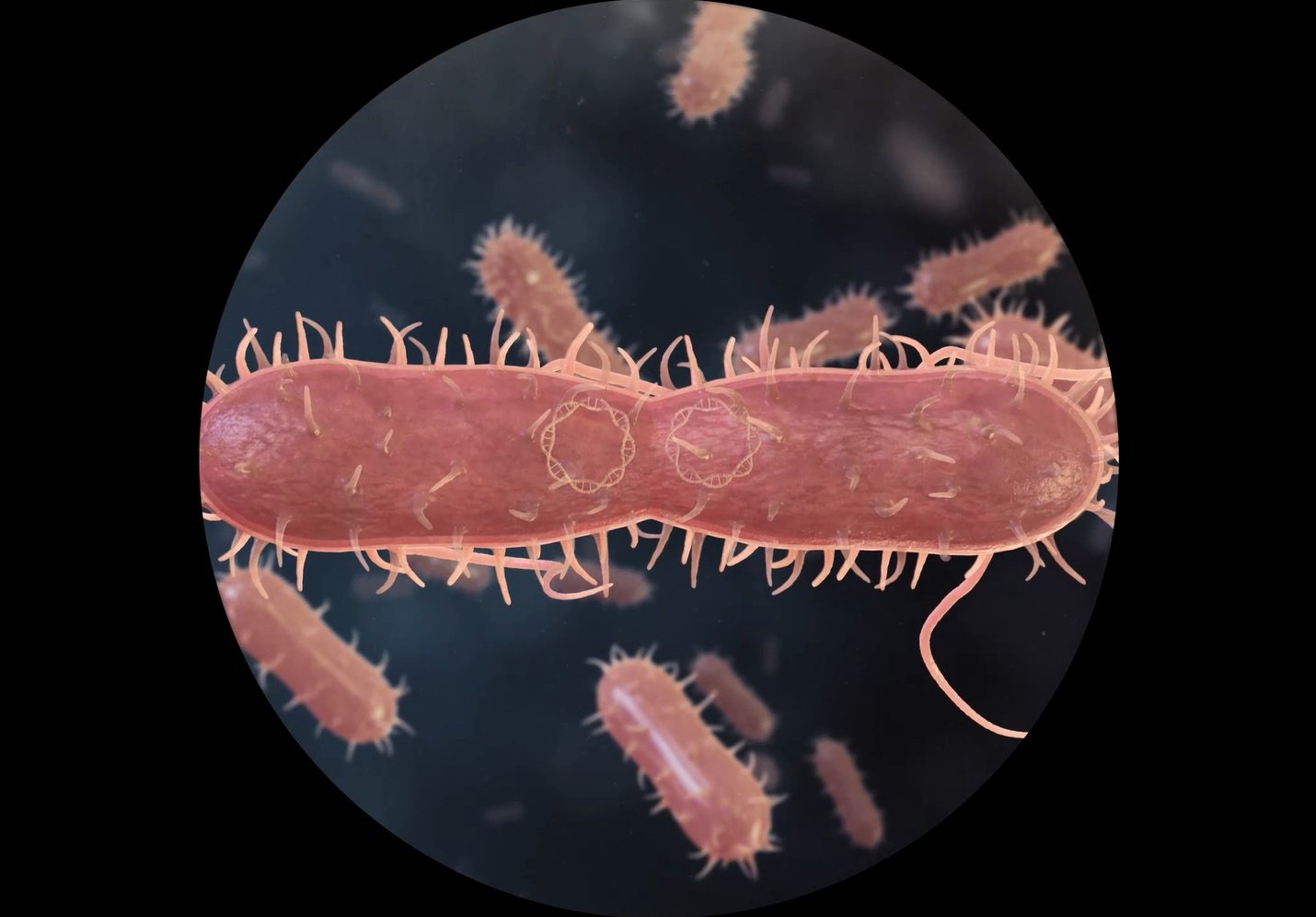Reproduction is a biological process through which an organism ensures the survival of its species. There are two kinds of reproduction, sexual and asexual. Both occur among micro-organisms.
Reproduction is a biological process through which an organism ensures the survival of its species. There are two kinds of reproduction, sexual and asexual. Both occur among micro-organisms.
Offspring via fertilisation
In sexual reproduction, the genetic material (DNA) of various organisms is combined to form the new individual (the offspring). Human reproduction is an example of sexual reproduction. In fertilisation, the mother’s egg cell combines with the father’s sperm cell and genetic material is merged. Sexual reproduction also takes place among fungi and other micro-organisms.
Copying without sex
In asexual reproduction, an organism makes a copy of itself. This takes place without the interaction of another organism from the same species. This kind of reproduction results in genetically identical individuals. It is possible, though, that minor differences in DNA can result from mutations taking place during cell division.
Superfast family expansion
Many microbes, such as bacteria, are only able to reproduce asexually. A bacterium can duplicate its genetic material and then split in two (binary fission). Under perfect conditions, some bacteria only need 20 minutes to divide. This means one bacterium needs just 10 hours to produce a billion bacteria.

